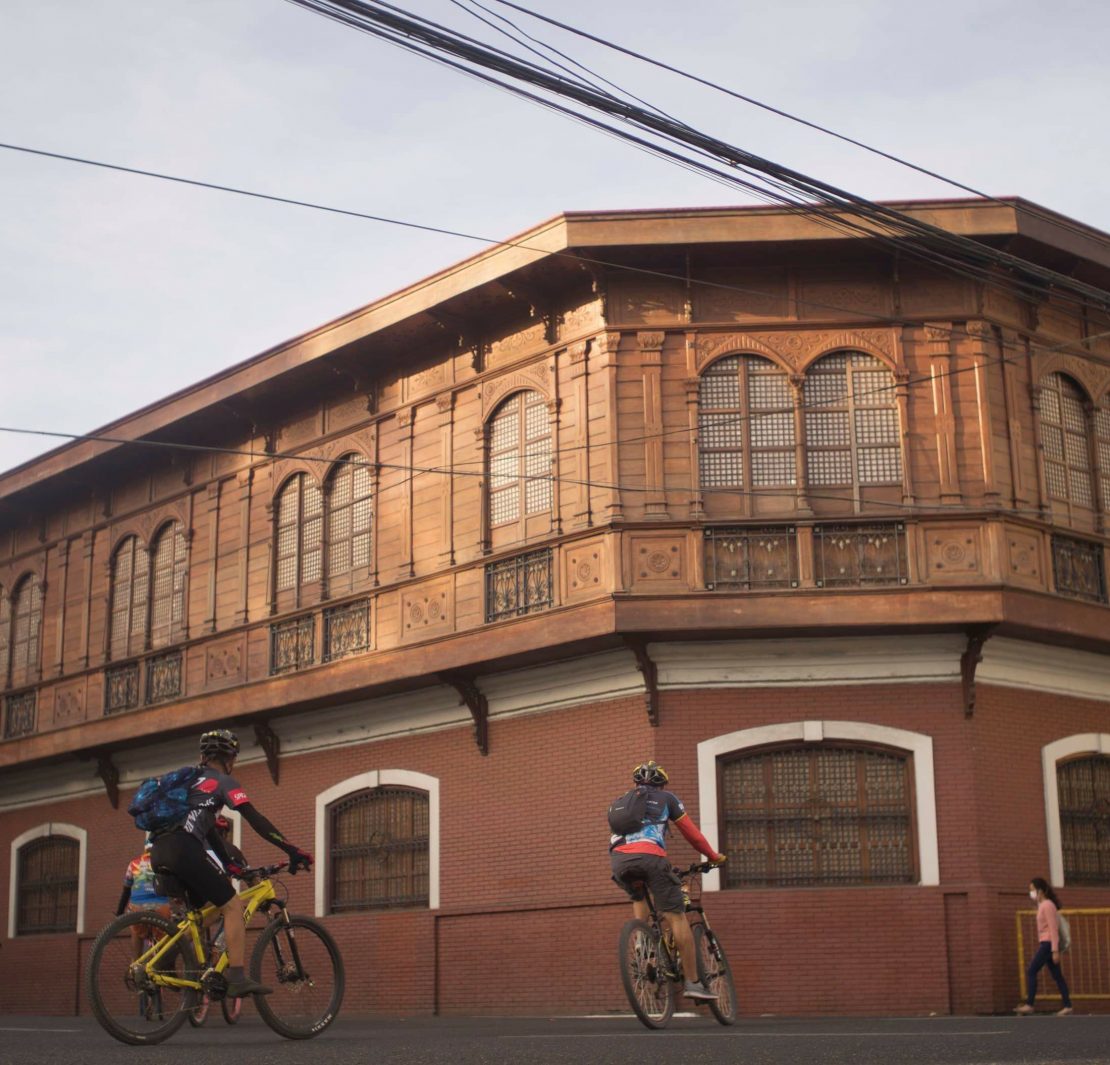At the turn of the 19th century, Iloilo emerged as the country’s biggest trading port. The clamor for their textile production, most especially piña, flourised; handicrafts were exported to many foreign countries; and there was a significant boost in sugar production. Residential streets and houses were turned into repositories and Iloilo quickly rose as the center of the country’s economic and political activities.
To help preserve the province’s rich history, the National Historical Commission of the Philippines (NHCP) gathered items, documents, mementos, images, and other artifacts that represent the economic history of Iloilo and Western Visayas and placed them in the rooms of the century-old Elizalde Building at JM Basa Street beside the Iloilo City Hall.
The Elizalde Building is considered a historically important landmark for its architectural features that make up an ancestral bahay na bato. Red bricks make up the walls of its first floor while wood panels and sliding windows made of capiz shells form the upper level.
Aside from its aesthetic features, the landmark also played a vital role in the economic history of the province. It was once owned by the Ynchausti family which operated the trading firm Ynchausti y Compania, a multinational company focused on banking, shipping, real estate, insurance, and sugar and abaca production.
In 1936, the ownership was transferred to the Elizalde family whose members took over the managerial control of the trading firm when the owner died.
The building was later on bought by the Commission of Audit (COA) which, together with the NHCP, restored the building in 2016.
In a project led by Sen. Franklin Drilon, the NHCP recently turned the Elizalde Building into a 13-gallery museum of Philippine economic history—the first of its kind. The two-storey museum boasts of decades- or even centuries-old accessories, tools, looms, photographs, maps, train wheels, and even plates.
“It is only fitting that a museum of this kind is put up here in Iloilo City,” Drilon said in an Inquirer article during the museum’s opening on Feb. 11. “It is the first of its kind in the country, the first ever museum that is solely dedicated to the economic history of our country.”
The Museum of Philippine Economic History is the third museum that opened in Iloilo in less than a year, Drilon noted. The other ones include the Iloilo Museum of Contemporary Arts established by the Megaworld Corporation and the Western Visayas Regional Museum by the National Museum.
The museum is built inside Iloilo City’s Central Business District, a national heritage zone.
Header image courtesy of the Office of Sen. Franklin Drilon
Read more:
My great grandfather’s house will be a heritage site in China
Art Deco building in Binondo, home of New Po-Heng Lumpia House will be demolished soon
The last wooden Art Deco school in Binondo was demolished
Read more by Amierielle Anne Bulan:
Remains of a former guardia civil outpost in Laguna now named as an important cultural property
Hummus for a cause: How Café Med mixes food and advocacy in bowls
In this hawker centre-inspired diner, roti is everything but a side dish
Writer: AMIERIELLE ANNE BULAN




